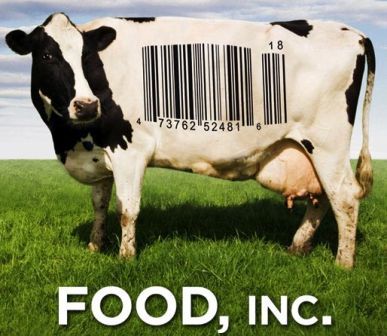We know that our food helps create our waste. But did you know that our waste also helps create our food?
Wait. What?
The first thought that comes to mind is ‘How disgusting.’
And, that’s perfectly understandable. In our westernized perspective, human waste is filthy and unsanitary and an absolute nuisance. It’s disgusting and it should stay in the sewages.
However, our human waste is actually a great sustainable agricultural fertilizer.
Wait. What?
We’re talking about biosolids. Now, however similar the two are, it is critical to remember that our sewage sludge is NOT THE SAME as biosolids. Biosolids are sludge that has undergone numerous treatments and filtering to significantly reduce and destroy diseases and/or bacteria. The result is a stabilized and fairly safe product that helps enhance our agricultural practices. Biosolids are rich in nutrients and organic, and always have to meet a high quality standard.
So why are people so hesitant about biosolids? Because they're poop? One of the main worries is that biosolids can become a potential health hazard, with contamination from the accumulation of the waste. Their true composition is unknown and therefore they may be dangerous and unhealthy. As mentioned before, this is true for untreated human waste and sewage sludge.
But biosolids are different!
Biosolids have gone through treatments for the reduction of pathogens. (Pathogens are any kind of bacteria or virus that can cause diseases.) These processes include digestion, drying, temperature elevation, addition of lime, composting to kill any remaining pathogenic organisms. Also, it is important to note that biosolids must always meet a certain standard and are routinely tested to make sure it complies with state and national guidelines. They must always contain a very low concentration of heavy metals and pesticides.
Studies have shown that what little risks associated with biosolids, are to be completely negligible. Using biosolids and recycling sewage wastes is not a new idea; it’s been around and in use for centuries. To date, it has been concluded that the application of biosolids to land has no adverse effects on the environment or on our health.
Basically, biosolids are clean.
In fact, because biosolids contain such large amounts of the required nutrients that crops and plants need to grow (such as nitrogen and phosphorus); they enable farmers to reduce the usage of unnatural and chemical fertilizers. So, they're probably even healthier for us!
As for the environment, biosolids are again better than commercial fertilizers, because the nitrogen in biosolids is released slowly in an organic form. Therefore, they're less likely to cause water pollution from the release of nitrates and phosphates.
So, now they’re clean and healthy and environmentally-friendly! Biosolids just keep getting better and better.
That’s not all. Among their many benefits, biosolids also provide many more advantages. They create jobs, they are cost-effective, they promote recycling instead of filling landfills, and they also promote farming and reduce emissions for transportation to landfills.
Most importantly, biosolids are a good, effective and free fertilizer.
They also improve crop production, reduce soil erosion and water pollution, enrich and provide economic returns (due to its improvement of productivity and generation of income).
The list goes on and on.
Farmers, gardeners, environmental scientists and governments all agree… biosolids are beneficial and is a fantastic current agricultural practice.
The only people left to decide is...
Us. The consumers.
We cannot let the fact that it’s poop overshadow all of the benefits that biosolids give us. However hard it is to digest (pun intended), using biosolids is the healthier, cost-efficent, economy-improving, environmentally-safe method.
I commented on Dora’s blog and Taylor’s blog.
References:
Government Engineering by Marc Roehl
Getting the Most Out of Your Biosolids
Virginia Biosolids Council
Composting a growing option for biosolids recycling
Lynchburg College Principles of Science 102A
BIOSOLIDS: Fertilizer or Pollution?
Water Corporation
Biosolids, Frequently Asked Questions
Biosolids.com
Fact Sheet 3 – Land Application of Biosolids











.jpg)






